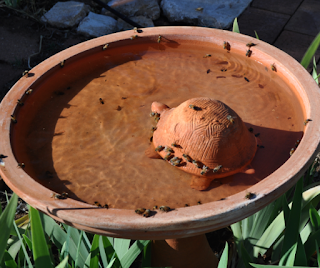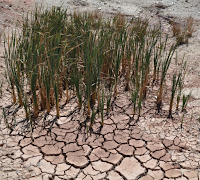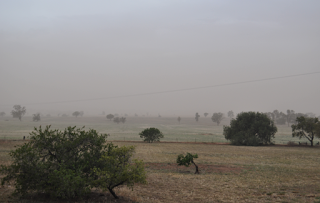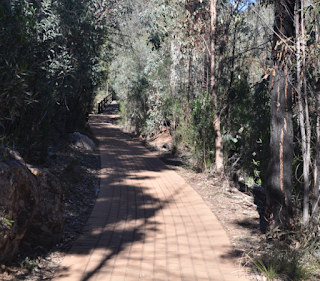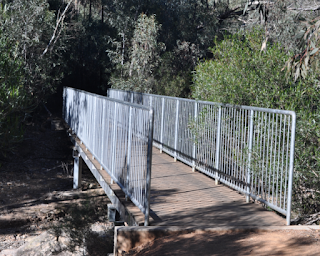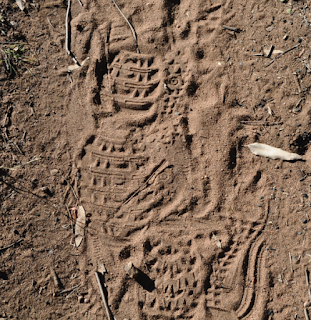During our second year of drought this year, reality has hit
harder and life has been lived on new levels. However, my husband and I are resilient, and
drought has taught us some valuable lessons.
The usual view from the front of our house
The view at present
We learn to live with dust
It is impossible to keep interiors clean, so I have more
relaxed standards of house-keeping, reflecting that time may well be better
spend on other pursuits anyway. Outside, our horizon has often been closed in
by dust and/ or smoke haze, reminding us that we are not alone on this journey,
and that some people are worse off than we are.
Water becomes precious
Water is no longer taken for granted and we have needed to
stop and value this resource, becoming more frugal with its use, and finding ways to share it with fellow creatures.
We are grateful for every small shower of rain
Throughout the year we have been blessed with intermittent
showers of about 10 ml (or less) – not enough to really help when sub-soil
moisture has disappeared, but enough to remind us that it can still occur (and
the garden is thankful).
We care more for our resources
Drought puts things in perspective—we value our top soil and
the material and other things that we already have. We have needed to protect our gardens from kangaroos -- last year they loved the roses.
We learn to endure loss
Plants die in drought, despite many prior years of careful
nurturing. Strong winds cause damage and life becomes more of a challenge. This is our 20 year old Bay Tree, which I neglected to water last year, thinking that it was well established.
We find beauty in dire circumstances
Some days, the smoke from the bush fires drifts in, even although they are hundreds of kilometres away from us. This is the sun coming up on one particular morning.
We find new layers of gratitude and appreciation
On smoke filled days we are grateful that we are at least not in the bush fire areas, and when we have driven through countryside that is barer than ours, we have been thankful that we are not so badly off. We are very grateful that we are linked into a water pipeline that goes from bores in the Lachlan River to small towns north of us (usually taken for granted).
We find new ways to give
Every evening the kangaroos come in to empty the bird baths, but during the day the bird baths provide much needed moisture for the birds, wasps and bees. Providing a listening ear to those who are doing it tough is also a way of giving.
We hang onto hope
Despite the challenges and losses, we still hang onto hope that one day the drought will break, as previous experience has shown us. This is a new shoot on the Bay Tree since I began to hand water it, reminding us that nature is resilient and a bountiful giver if we care for it.



